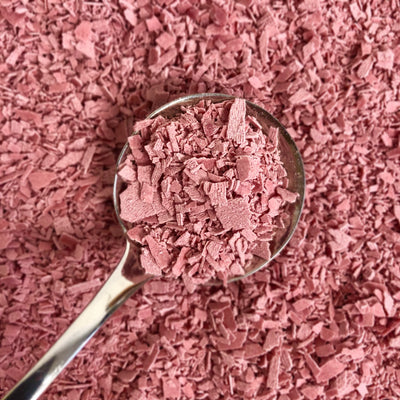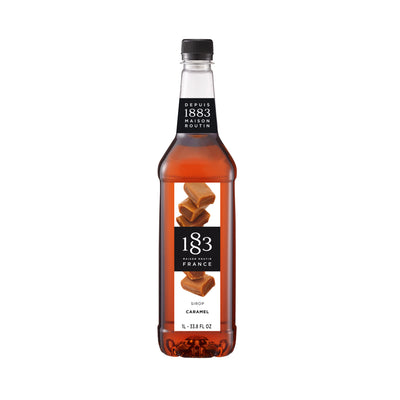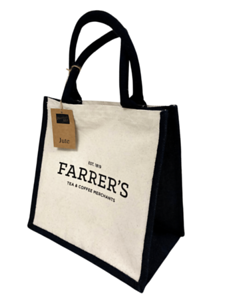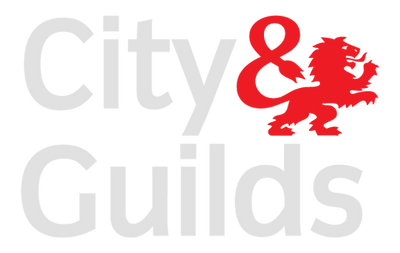How many types of coffee beans are there?
DO YOU KNOW YOUR COFFEE BEANS?
Coffee is without doubt our favourite early morning pick me up. It’s our go to saviour when were tired and our eyelids droop.
It’s been about for a bit too, we’ve been slurping this reviving elixir for well over 1,000 years but for some reason it feels much older than that. Coffee crops originally grew mainly in Ethiopia and Sudan, but now it’s grown in around 70 countries across the globe. In recent years, interest in coffee in the UK has increased. But, how many of us really know what we are drinking? How many types of coffee beans are there and what are their characteristics?
At Farrer’s we’ve been roasting blending and crafting artisan coffees for over 200 years. We thought we’d better provide a little handy info to help you understand about different types of coffee beans…
SO, HOW MANY TYPES OF COFFEE BEANS ARE THERE?
There are 2 main types of coffee bean that are known around the world. You might already be familiar with them – arabica and robusta. There’s also another lesser known coffee beans known as Liberica.
ROBUSTA

(Image by @diegocatto on Unsplash: https://unsplash.com/photos/1JRQNpbakjM)
Coffea Robusta lives up to its name in every sense. The Robusta coffee plant is hardy and tolerant of a wide variety of climates and conditions. It’s suited to environments where its hot with little or no rainfall. It contains high levels of caffeine which makes it pretty much disease resistant – nature’s natural defence mechanism in-built. These qualities make Robusta coffee stronger, less acidic, but infinitely more bitter coffee than its milder tasting cousin.
Robusta may be deemed to be a lower grade of bean but don’t take that at face value because this is the perfect coffee to use for drinks with milk because of its big personality it doesn’t lose its flavour! Robusta is often used in coffee blends. It’s natural stronger taste means it’s a good base for lattes, cappuccinos and flat whites.
Robusta is commonly grown in Africa and Asia. Some of the top producing countries of Robusta coffee are Vietnam, India and Ethiopia.
ARABICA

Coffea Arabica makes up for more than three-quarters of beans sold worldwide.
Arabica is often referred to as the gourmet bean because of their low caffeine levels more pleasing flavour and aroma. Arabica plants have an easier life growing at high altitude, under shade with plenty of rainfall to keep their feet wet but that brings other problems in the form of pests and disease. I needs a high level of care because if one plant in a crop becomes diseased then the likelihood is that the whole lot will be contaminated and the crop ruined. But despite all that there’s no doubt the beans produced are of a higher quality with a good balanced acidity, multi-layered intense flavour profiles and aromas bursting with fruity and floral notes.
The downside is that this pampered bean loses its quality if it’s served any other way than espresso or americano… if you use this as the base of a latte or cappuccino the complexity of flavours and natural mildness is drowned by the milk.
Arabica is commonly grown in South America. Some of the top producing countries of Arabica coffee are Brazil, Colombia and Honduras.
LIBERICA
Coffea Liberica is a pretty obscure variety these days but none the less it still makes up around 2% of coffee production globally. Liberica gets its name from the country of its origin Liberia in West Africa and once up on a time, when 90% of the world’s Arabica plants were wiped out, it was the big cheese on the block. However, these days it can be difficult to track down unless you are in the Southeast Asia where it still goes down a storm, especially in Malaysia.
With its distinct flavour profile, there’s no doubt that Liberica is a pretty incomparable to other types of coffee beans. It needs a little time to be considered but if you are a true coffee lover you really should make the effort, especially when it delivers smoky, nutty, dark chocolate notes when roasted and brewed.
So, you know your beans from your onions… the question is what kind of coffee is in your cup this morning?





